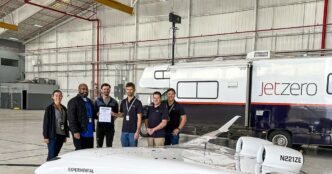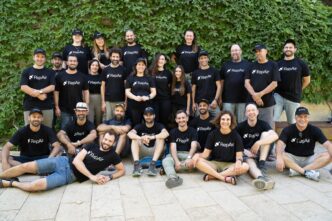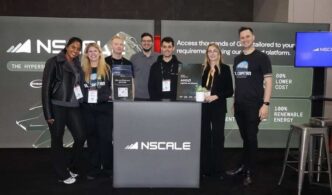Automated mineral drilling might finally fix one of the biggest money pits in mining — exploration. Durin, a startup from a mining family legacy, has just raised $3.4 million to prove it.
Every year, companies spend billions trying to discover new sources of critical minerals. In 2023 alone, the global spend hit nearly $13 billion. Despite high-tech mapping and Earth modeling, only about 3 in 1,000 attempts actually strike gold — or lithium, or nickel. And proving those guesses right still depends on one thing: drilling.
Ted Feldmann, Durin’s founder and CEO, grew up around drill rigs. He says the math is simple. “Seventy percent of the capital exploration companies raise ends up in drilling.” And most of that drilling cost? Labor.
The process today requires two to three people on-site. Some feed pipe and fluid into the machine. One listens to sounds, watches gauges, and makes adjustments based on the type of rock. Feldmann believes this can be automated — and it should be.
Durin’s approach mixes robotics with real-world rigs. The startup has already begun building its own sensor-packed drill, capable of reaching 300 meters deep with a 2.5-inch bore. While the rig is still operated by hand, it’s collecting valuable data to train smarter, autonomous systems.
The funding round was led by 8090 Industries. It also drew backing from Andreessen Horowitz, Lux Capital, 1517, Bedrock, Contrary, Champion Hill, and Day One Ventures.
In parallel, Durin is developing a pipe-loading robot. This would remove the need for constant human input while drilling, allowing one person to manage multiple machines. Feldmann hopes that by the end of the year, the startup will have gathered enough data to begin automating the full process.
In two to three years, Durin’s rigs could operate with little to no direct supervision. Workers would only step in to deliver supplies, monitor output, or collect core samples.
“We’re not taking away jobs,” Feldmann explains. “We’re taking people away from standing next to spinning machinery all day.”
As demand for critical minerals rises and skilled drillers become harder to find, Durin’s push toward automated mineral drilling could dramatically cut costs — and risks — across the industry.













